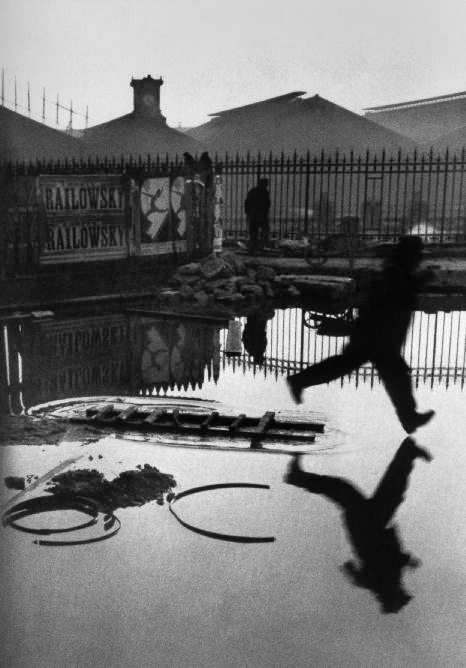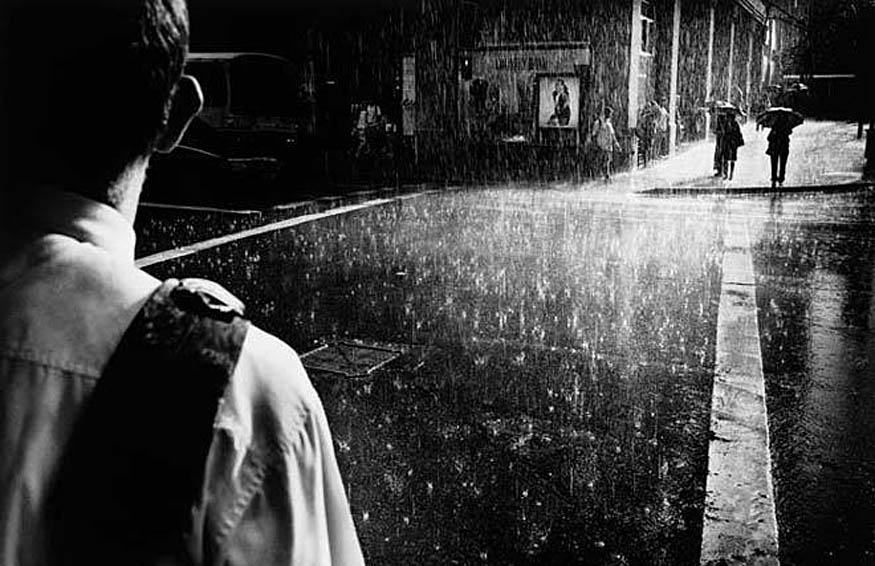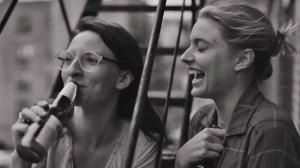These are my tips for newbies on Instagram.
1. When you first sign up follow a few select friends that will follow you back.
The Instagram community has suffered from the onslaught of spammers that actually sell fake follows and likes online. Don’t make the mistake of following every one of your facebook contacts and appear like one.
A spammy looking account has more followings than followers.

A non-spammy newbie account looks like this:

Sure she’s following more people than are following her, but with continued engagement via likes and photos, this user will eventually have better than less than a 1:1 ratio.
2. Straighten out landscapes unless you are going for dynamic tension.
Photographers trained in film were taught to straighten out landscapes. Ya, I know, it sounds lame from a “there are no rules in art” perspective, but there it is. Lucky there are so few of us.
3. Don’t cut people off at the feet.
This is another prejudice of those trained in photography. It has to do with the notion that photography is about capturing a “subject,” but we post-moderns don’t believe in that, right? If photography is about capturing the subject it must do so completely.
4. Don’t follow people, get a follow back and then unfollow.
This is pretty douchey behavior reminiscent of MySpace days. While we are at it. Don’t ask for a shout out.
5. Don’t steal someone’s photo.
Got any other tips? Add them in the comments.
Cheers,
Barce.








